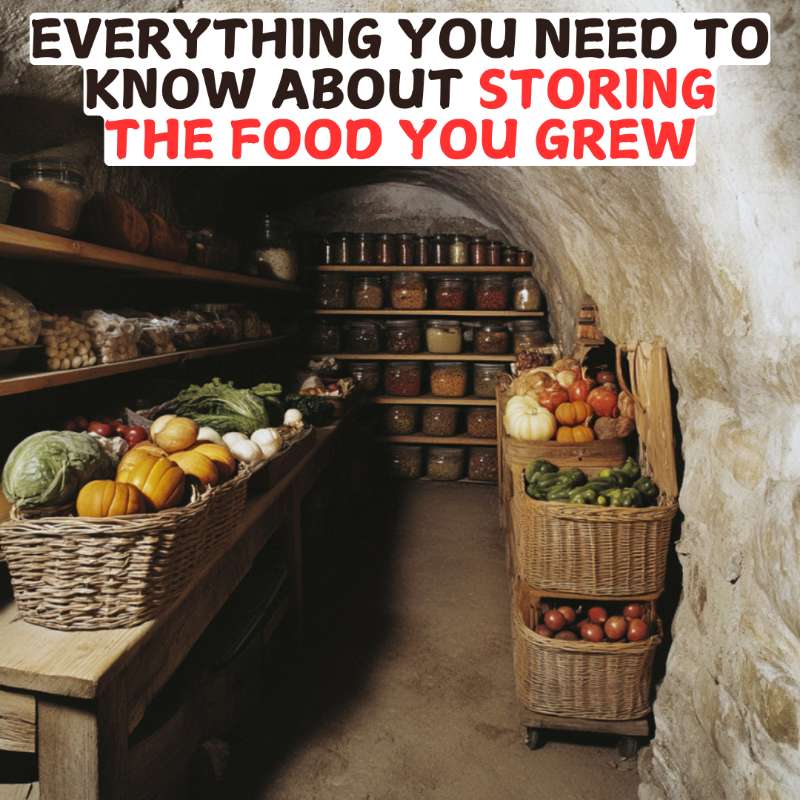Everything You Need To Know About Storing The Food You Grew
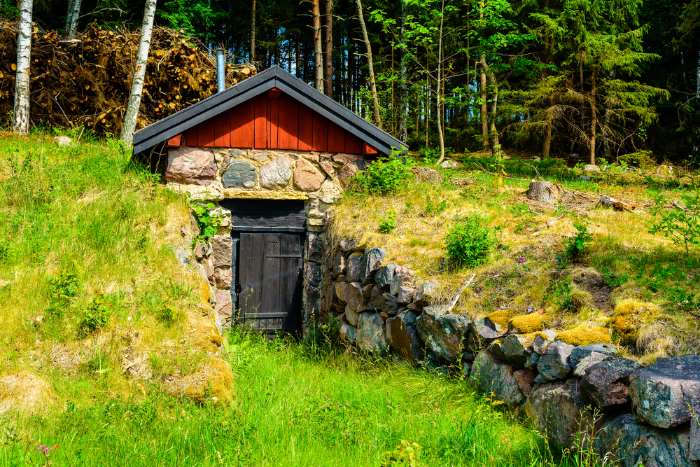
Make sure to like Living Green and Frugally on Facebook, Shop at Amazon to help support my site and explore our PINTEREST BOARDS for innovative ways you can become self-sufficient.
When you’ve spent time nurturing and growing your own fruits, vegetables, or herbs, proper storage becomes essential to ensure you can enjoy the harvest all year long. Learning to store food effectively preserves the flavor and nutritional value, reduces waste, and adds to your self-sufficiency.
Whether you’re a beginner or a seasoned grower, this guide will walk you through everything you need to know about storing the food you’ve grown, from the best methods to tips for extending freshness.
Why Store Homegrown Food?
Storing food effectively extends its lifespan, keeping it fresh and nutritious long after it’s harvested. Here’s why it matters:
- Longer Shelf Life: Proper storage keeps your produce from spoiling quickly, giving you months, or even years, to use it.
- Cost Savings: By extending the life of your homegrown food, you reduce the need to buy grocery store replacements.
- Sustainable Living: When you store your harvest well, you reduce food waste and make the most of your hard work in the garden.
- Better Taste and Nutrition: Freshly stored food retains more of its nutrients and flavor than commercially preserved items.
How to Store Your Homegrown Food
The method you choose will depend on the type of food and your available space. Below, we’ll explore some of the best techniques for keeping everything from leafy greens to root vegetables fresh.
1. Refrigeration
- Best For: Leafy greens, berries, and herbs.
- Tips: Place vegetables in produce bags with ventilation holes. Herbs can be wrapped in damp paper towels and stored in sealed bags or jars. Avoid stacking heavy items on top of delicate greens to prevent crushing.
- Shelf Life: Typically up to 2 weeks for greens and berries; herbs can last a week or more when properly stored.
2. Freezing
- Best For: Fruits, vegetables, herbs, and prepared meals.
- How-To: Blanch vegetables by boiling them for a short time and then cooling them in ice water. This process preserves color, texture, and flavor.
- Tip: Use freezer bags or containers to prevent freezer burn, and label each with the date.
- Shelf Life: Many frozen fruits and veggies last up to 12 months.
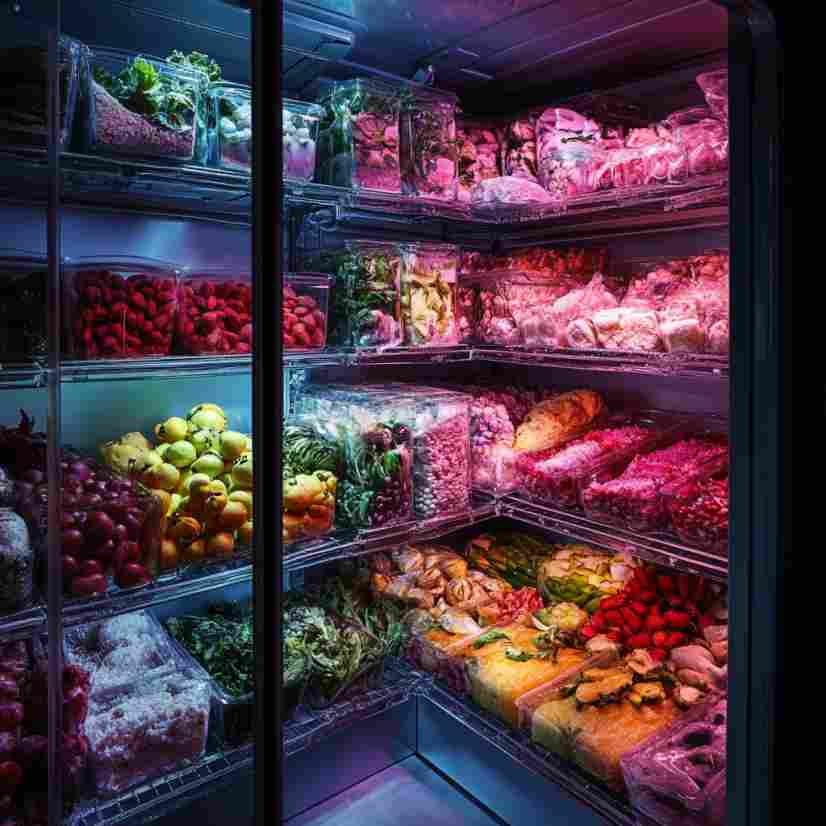
3. Canning
- Best For: Tomatoes, beans, pickles, jams, and sauces.
- How-To: Sterilize jars and lids before filling them with prepared food. Process them in a water bath or pressure canner to seal in freshness.
- Tip: Always use tested recipes and follow canning guidelines closely for safety.
- Shelf Life: Canned goods can last 1-2 years when stored in a cool, dark place.
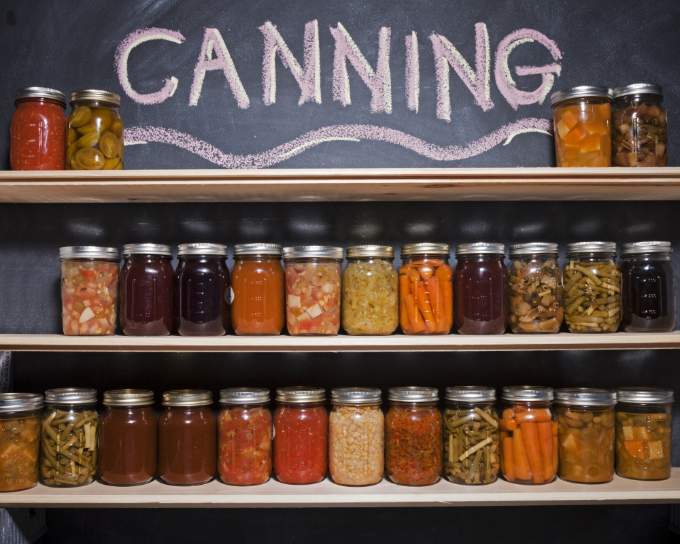
4. Drying or Dehydrating
- Best For: Herbs, fruits, vegetables, and even some meats.
- How-To: Use a dehydrator or an oven on a low setting to remove moisture. Store dried foods in airtight containers.
- Tip: Store dehydrated items in a dark, cool place to preserve color and nutrients.
- Shelf Life: Dried goods last up to a year or longer, depending on moisture content.
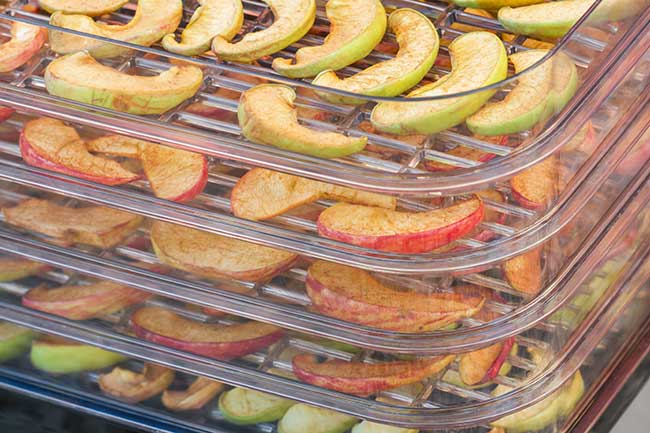
5. Root Cellaring
- Best For: Root vegetables like carrots, potatoes, onions, and garlic.
- How-To: Keep these items in a cool, dark, and well-ventilated space. Ideal root cellar conditions are between 32-40°F with high humidity for most vegetables.
- Tip: Store root vegetables in sand or sawdust to keep them from sprouting.
- Shelf Life: Stored properly, many root vegetables last for several months to a year.
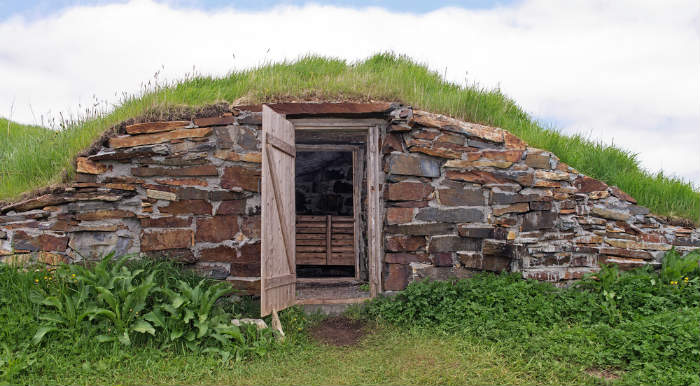
Tips for Storing Different Types of Food
- Fruits: Apples emit ethylene gas, which can cause other fruits and vegetables to spoil more quickly. Store them separately to preserve other items.
- Leafy Greens: Wash and dry thoroughly before storing to avoid mold. A salad spinner can be helpful for quick drying.
- Onions and Potatoes: Store separately to prevent the onions’ moisture from causing the potatoes to sprout or rot.
- Herbs: Consider drying excess herbs and storing them in glass jars. They’ll keep their flavor for months this way.
Common Questions & Answers
Q: How do I know which storage method is best for each food type?
A: Generally, delicate foods like berries and leafy greens benefit from refrigeration, while hardier items like root vegetables do well in cellaring conditions. Herbs and some vegetables can also be dried or frozen for long-term storage.
Q: How do I prevent freezer burn on frozen produce?
A: To prevent freezer burn, wrap produce in airtight freezer bags or vacuum-sealed containers. Removing as much air as possible before sealing will help preserve taste and texture.
Q: What should I do if I don’t have a root cellar?
A: Not everyone has space for a root cellar, but a basement, garage, or cool closet can work. For small amounts, a cooler filled with sand or sawdust and kept in a cold area can mimic cellar conditions.
Q: How long can I keep canned food safely?
A: Home-canned food stored in a cool, dark place is generally safe for 1-2 years, though it may retain flavor and texture beyond that. Always check for signs of spoilage, like mold or an off smell, before consuming.
Q: Do I need special equipment for canning?
A: Yes, canning requires specific tools like sterilized jars, lids, and a water bath or pressure canner. Following tested recipes and guidelines is essential to ensure safety.
Final Tips for Successful Storage
- Label Everything: Whether you’re freezing, canning, or drying, always label containers with the name and date. This way, you’ll know what you have and when it needs to be used.
- Regularly Check Stored Food: Inspect food periodically for signs of spoilage, such as mold, smell, or changes in texture.
- Be Creative with Space: Even without a root cellar, you can store produce by repurposing spaces such as a pantry shelf, closet, or unused cooler.
Conclusion
Storing your homegrown food may seem complex, but with the right approach, you can enjoy the benefits of your garden all year round. By understanding the best storage methods, tips, and techniques, you’ll maximize the lifespan, flavor, and nutritional value of your harvest. Whether you’re freezing, canning, drying, or refrigerating, a little preparation and knowledge go a long way in preserving the fruits of your labor.
Pin for Later
